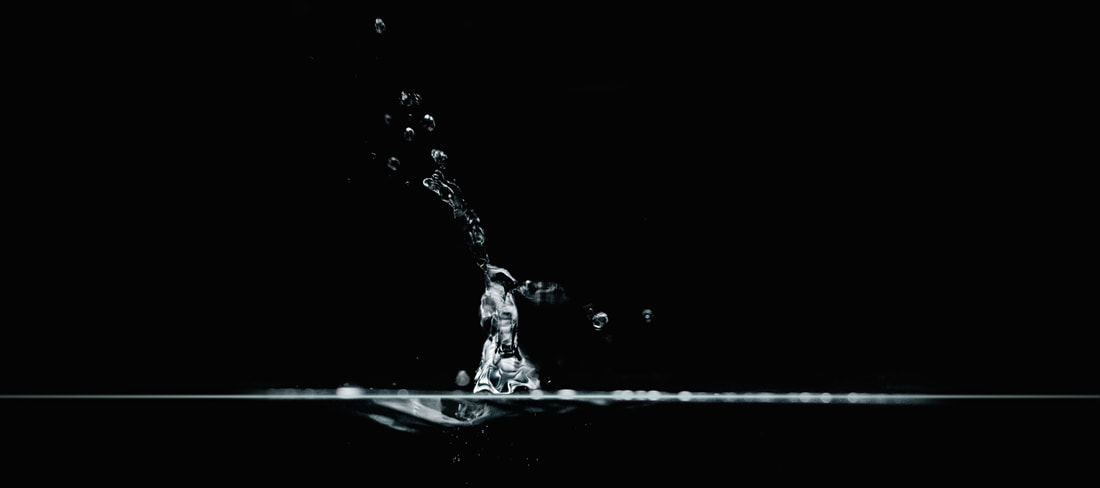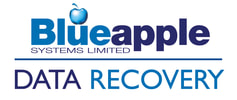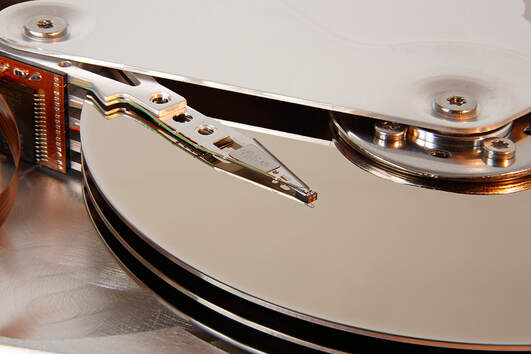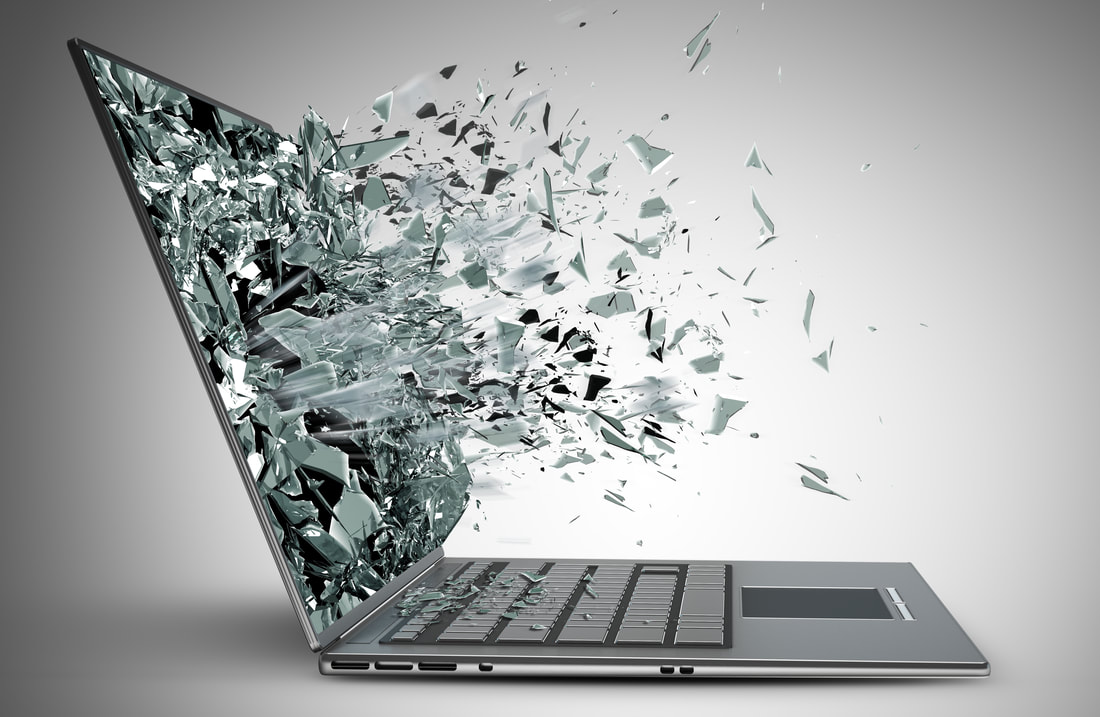|
One of the most common causes of data loss on a traditional hard drive (as opposed to a Solid State drive, or SSD) is a ‘head crash’. But what exactly is a ‘head crash’, and what should you do if you think your hard drive is experiencing one? Read on to find out more… By Eric Gaba, Wikimedia Commons user Sting, CC BY-SA 3.0 how does a hard drive work?Put simply, a hard drive stores data by using read/write heads to record data onto (and retrieve data from) ‘platters’, which are discs made of aluminium, glass or ceramic, coated in a thin layer of metal that can be magnetised or demagnetised. There are two read/write heads for each platter, one to read the top surface and one the bottom. So a hard drive with five platters, for example, would have ten read/write heads. The read/write heads are mounted on an electronically controlled arm, that moves across the drive and back again. The read/write heads don’t actually touch the platters, but rather ‘float’ just above them in a layer of fluid or air. what is a 'head crash'? Now that you understand the basics of how a hard drive works, you can perhaps guess what a ‘head crash’ is: a ‘head crash’ occurs when a hard drive’s read/write head comes into contact with the platter. When this happens, the thin layer of metal on the platter is stripped away, resulting in the loss of data. what should i do if i suspect a 'head crash'? Once you realise just how delicate the internal workings of a hard drive are, it becomes obvious that actions such as shaking the drive to hear it rattle, or continuously starting up the drive with its crashed heads to see if it will work, are only going to lead to further stripping of the coating on the platter(s) and potential data loss! If your hard drive starts making a clicking / grinding noise, or is spinning up without allowing you to access the data, turn it off immediately and take it to a data recovery specialist for advice. For further information, or if you would like any assistance with data loss, call Richard on 01403 753666.
0 Comments
What is data recovery? Data recovery is the process of recovering or restoring lost or accidentally deleted data from any type of damaged or corrupted storage media, including hard drives, laptops (both PC and Mac), USB and SD cards, SSD drives and RAID arrays. causes of data loss There are several reasons for common data loss, including but not limited to:
types of data recovery There are two typical situations we see that require our Data Recovery Services:
data recovery dos & don'ts
We’ve all been there. That accidental press of a key, and whoosh - it’s gone! But has your file disappeared forever? As with many things in life (particularly computers), the answer is ‘it depends’. More often than not, a deleted file is sent to temporary storage, where it sits for a certain period until it gets emptied automatically. But even if a file hasn’t been stored in this temporary location, it still doesn’t necessarily mean it has been permanently destroyed. Read on to find out more… As a general rule, when a file gets deleted the OS (operating system) recognises that it is no longer needed. It then marks up the storage space that file is occupying as ‘available for use’. So, until some other data is written over it, one can restore the deleted file with the help of a specialised utility. You may have now guessed that the most important thing to do after accidentally deleting a file is to STOP what you are doing! To have the best chance of being able to recover deleted files from your SD card, flash drive, hard drive or any other external storage medium, you should shut down the computer or unmount the drive, and - if you are not au fait with data recovery - seek professional assistance.
To get the lost files back with maximum efficiency, please do not start up the computer/drive again before the Data Recovery specialist has had a chance to look at it for you. If you are experiencing a deleted file emergency, or have any other data recovery requirements, please call Richard on 01403 753666.  We’ve all been there. You sit down with a drink, open your laptop and settle down to go through your emails. Then all hell breaks loose as your drink is knocked over and the contents go everywhere!!! First things first:
Approximately 80% of laptops brought in to us with liquid damage are fully recoverable. But time is of the essence - the speed of corrosion of the internal components can be rapid, so don't delay! |
Archives
May 2023
Categories
|
Proudly powered by Weebly




 RSS Feed
RSS Feed